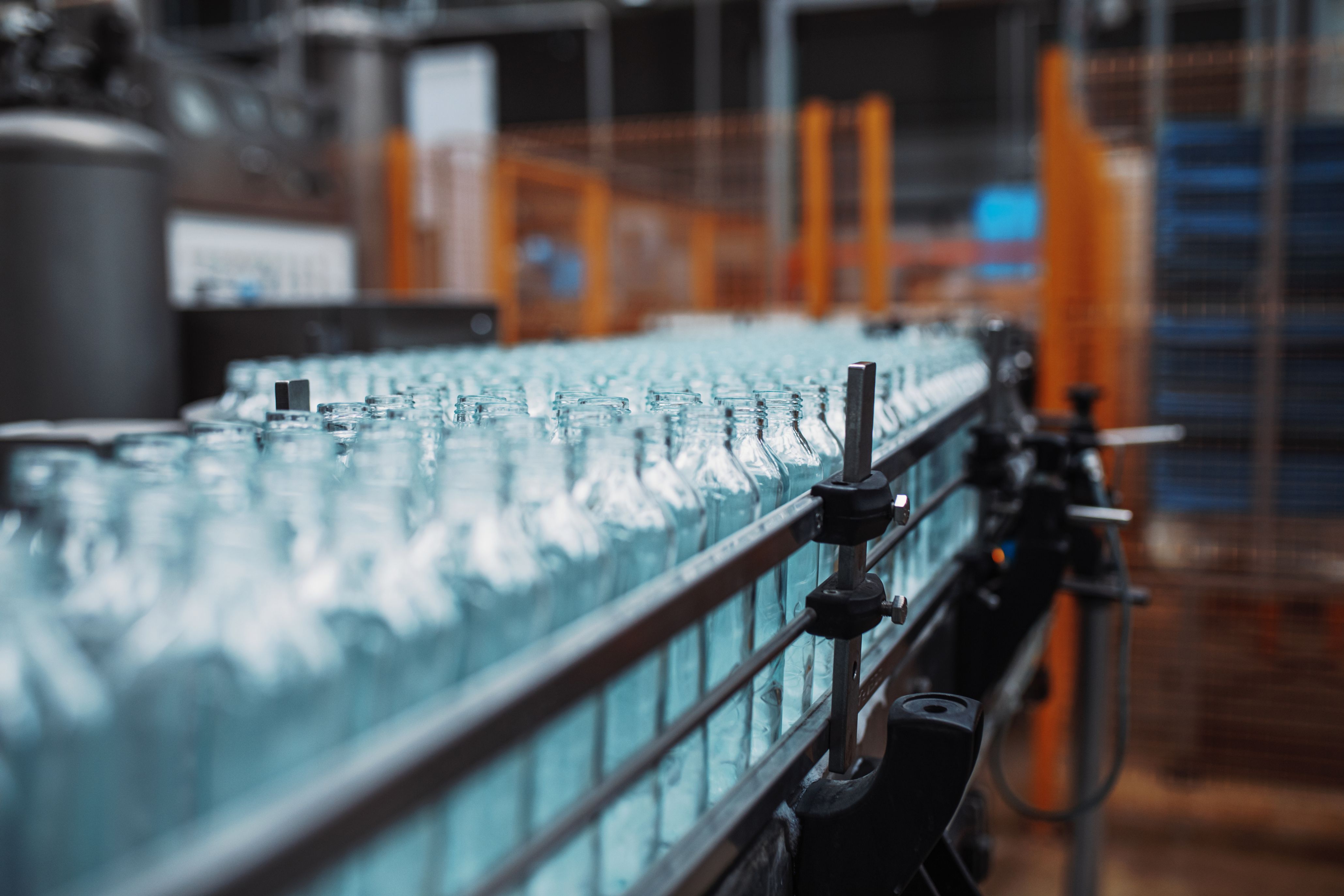Overview
Excess gas in the furnace, electricity on the cooling fans, and inadequate control in the glass-making process could be costing you money.
CoolPlanet’s software helped a glass container manufacturer reduce these energy losses by 15% while providing 100% real-time visibility of the savings opportunities.
Key Stats
Challenge
Furnaces are the biggest energy consumer in glass plants and are critical to the glass container making process. In this case, the furnaces were cross fired with independent port air control and operating in a certain way because “they have always done it this way” which was a conservative and inefficient approach. Without the correct data and analysis, the operators were not in a position to look for anomalies or opportunities for performance improvements.
Air-fuel ratios need to be optimised to have oxygen as low as possible, with a small amount of carbon monoxide present to define the exact combustion conditions, while also meeting emission requirements of the site operating permit.
Glass Furnaces have various temperature targets that the operator needs to keep under control. These furnaces had manual top temperature control which can lead to inefficiencies. Furthermore, air flow and gas flow control via dampers is inefficient when it comes to combustion fans and exhaust fans.
Solution
CoolPlanet installed their energy management system and analytical software CoolPlanetOS on the SCADA systems on the furnaces.
This gave the operators the ability to see critical process variables and monitor them in real-time with historical trends to help analysis.
The key process variables for the furnaces included:
- Current Gas Flow
- Melter Efficiency
- Cullet %
- Furnace Boost
- % Electrical Boost
- Top Temperature
- Bottom Temperature
- Furnace Pressure
- Exhaust O2
- Exhaust CO
With this information it enabled air-fuel ratio to be adjusted port by port to achieve oxygen levels in the range of 1.0% to 2.5% and carbon monoxide levels below 200 ppm. Being able to track this over time has enabled operational issues due to production changes such as lean combustion operation or emissions spikes to be highlighted.
Automated alerts were created to notify operators and production supervisors to these conditions, which may only occur for a small amount of time but are not reflected on daily average reports, but contribute to overall efficiency.
The furnace top temperature is critical and with a robust control loop system has the quickest response time for any fluctuations in the operation while also keeping the melt temperature stable. Savings were achieved through this control loop by optimizing the furnace efficiency by not over or under shooting the target temperatures while maintaining high glass quality by keeping the glass melt temperature stable at the throat feeding the refinery.
Together with work on the furnace combustion we also carried out work on the fans used for cooling. With VSDs already installed on the fans we made a number of gradual adjustments over time as follows:
Flux line cooling – using the VSDs the flux line cooling fan speeds were decreased to increase the cooling air flow to achieve an agreed safe temperature at the flux line refractory, in the range 400ºC to 425ºC. With the reduced fan speed the electrical consumption dropped.
Throat cooling – similarly using the VSDs the throat cooling fan speeds were decreased to increase the cooling air flow to achieve an agreed safe temperature at the throat refractory, in the range 300ºC to 325ºC. Again this reduction in fan speed delivered electrical energy savings.
Combustion – VSDs on the combustion air fans were optimised using the automatic controls using the controls on the air flow meter. Setpoint adjustments were made to account for gas flow and furnace air:fuel ratio.
Exhaust – with the installation of pressure sensors in the flue system a flue pressure control algorithm was created on CoolPlanetOS for the flue pressure setpoints based on the pull rate and fuel flow and the VSDs now adjust the exhaust fan speeds to meet this automatically.
This has given the site the ability to maximise energy savings by taking away the original manual control using the furnace pressure damper.
Results
As the furnace is the largest energy consumer on site, understanding the differences in performance was vital to identifying priorities and operational anomalies to be worked on.
CoolPlanet connected the site’s existing systems to our CoolPlanetOS platform and used data science, modelling and furnace and combustion engineering experts to help identify clear and meaningful actions to reduce energy losses.
A digital twin was built and kept running in CoolPlanetOS so we could constantly compare equipment performance with the ideal, and alert on deviations.
As a result, energy savings were created for gas and electricity. There was an electricity saving of $179,721 on fans, and a gas saving of $275,514 on furnaces.
The project delivered a return on investment within 9 months to the customer.




